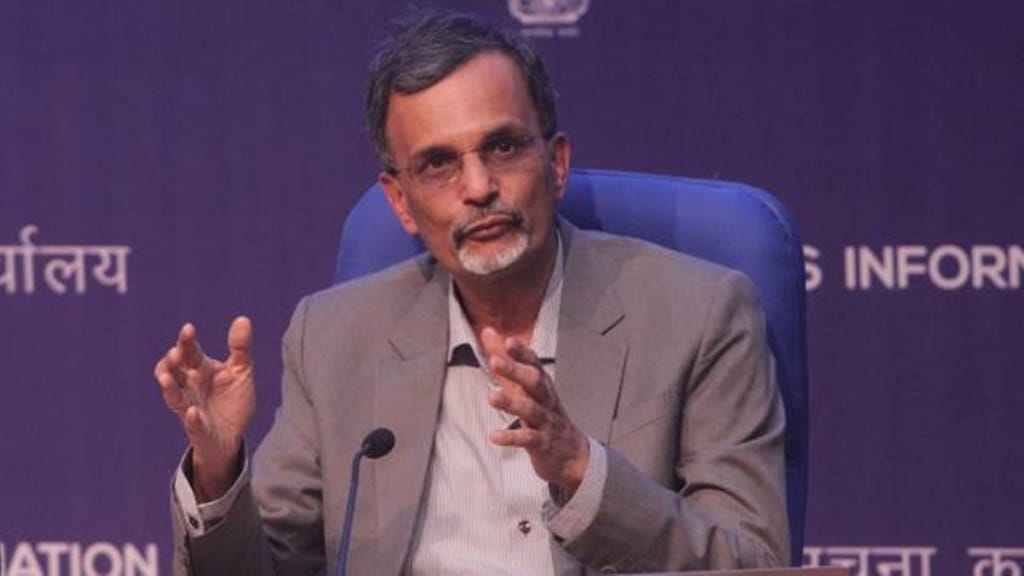Income tax relief and goods and services tax (GST) rate cuts are not just for boosting demand, but also supplies,” chief economic advisor V Anantha Nageswaran said on Friday, expressing confidence that economic growth would be upwards of 6.8% in the current financial year.
He said the fiscal measures taken by the central government recently were designed to strengthen both demand and supply.
“What was done in direct taxes in February and indirect taxes in September, they are not about a demand boost. They are also very much about supply boost,” he said at CNBC-TV18’s Global Leadership Summit 2025.
“The most important indicator is not interest rates; it is demand visibility.”
The Index of Industrial Production (IIP) data for September had shown sharp year on year increases in production of assorted manufactured goods, especially automobiles, and consumer durables. This was a clear sign of a prompt supply response to festive demand, boosted by GST cuts on key items.
With effect from September 22, the GST underwent a major restructuring with pruning of the number of main slabs to two — 5% and 18% — and introducing a special 40% rate for sin goods, a move that will lower the tax incidence on a wide section of businesses and benefit the end-consumers. The 12% and 28% rates have been abolished.
In the FY26 budget, the Centre sharply raised the income tax exemption limit to Rs 12 lakh from Rs 7 lakh in the new tax regime and lowered tax incidence under various income slabs, which the government said would leave around Rs 1 lakh crore cash in the hands of taxpayers to boost consumption and investment.
The Economic Survey tabled in parliament in January had projected real economic growth of 6.3-6.8% for FY26.
“Back in August, we were all concerned about whether we would even go towards the lower end of the 6-7% range. Now I think there is a lot of comfort in saying that it would be definitely north of 6.5% and I am more comfortable saying even north of 6.8% but whether I will put a 7% handle in front of it, I will wait for the second quarter numbers to come out before I move even a notch higher,” Nageswaran said.
India’s GDP growth at 7.8% in the June quarter was better than expected.
The pace of growth would get a boost if the bilateral trade deal between the US and India is concluded, Nageswaran said.
“If by some chance, as we are still hoping, there is a resolution on the trade front, then the upward bias will become a mainstream forecast,” he said.
On the Bilateral Trade Agreement (BTA) with the US, he said, “hopefully done soon,” without giving a timeline.
President Donald Trump, through an executive order, imposed an additional 25% “ad valorem” duty on Indian goods for buying Russian crude, effective August 27, taking the total tariff levy on Indian goods to 50%. The tariff increase could make Indian goods uncompetitive as many other Asia Pacific countries attract a 15-20% tariff.

